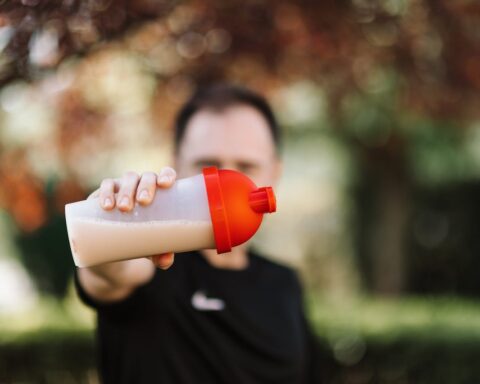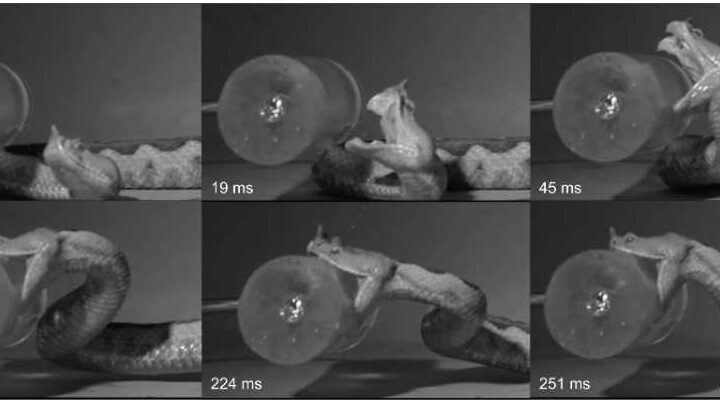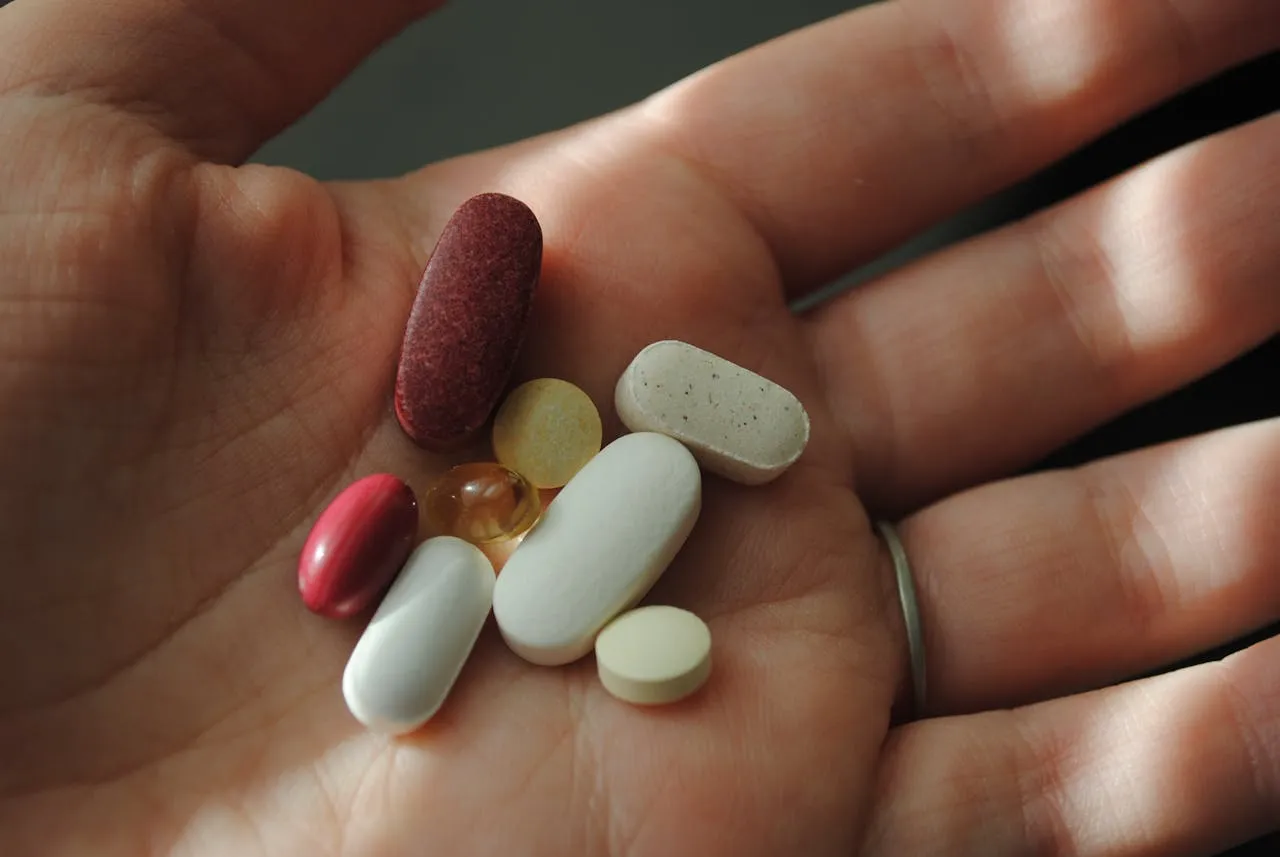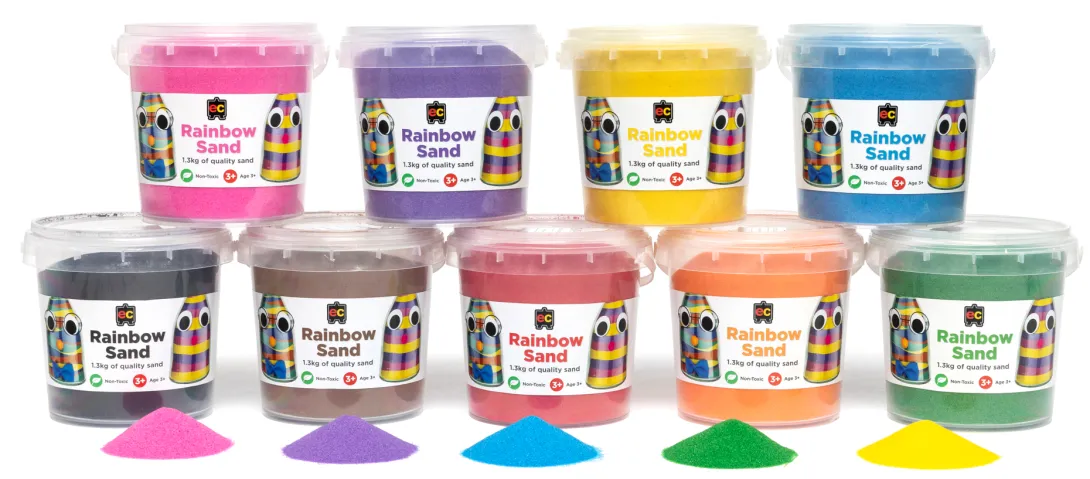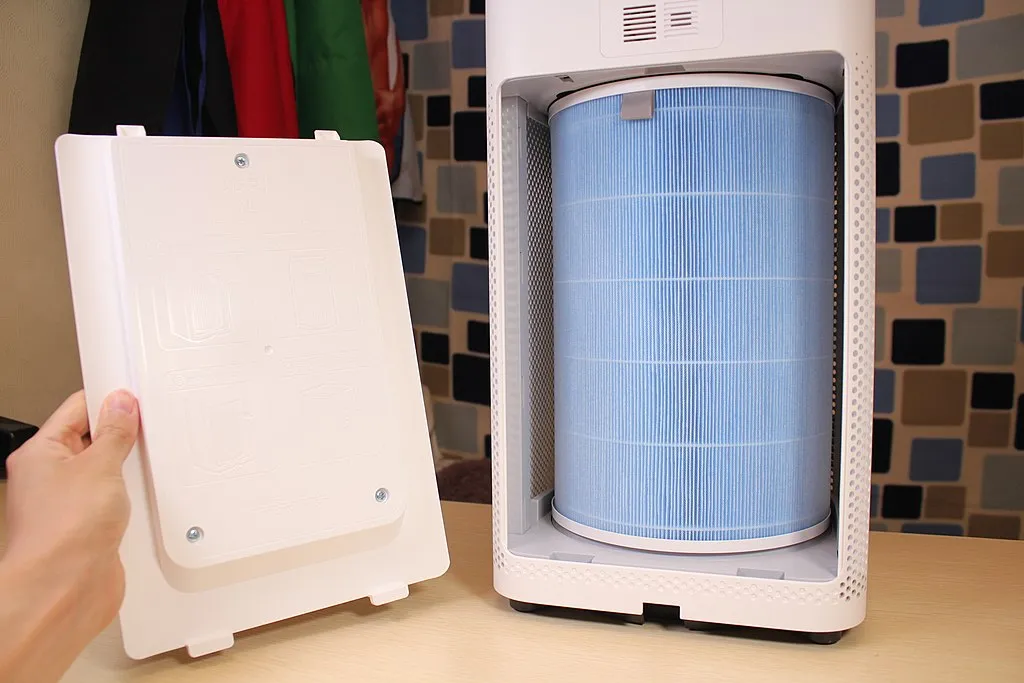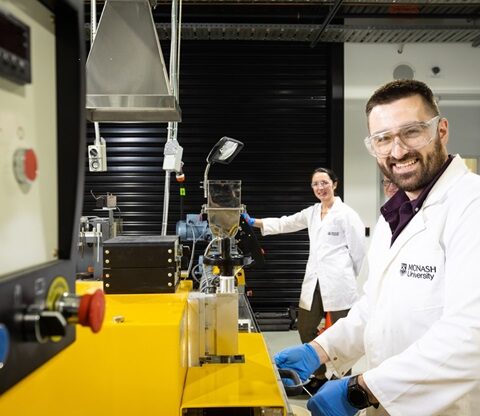India’s Fireworks Dilemma: Should the Government Take Control? India’s Fireworks Dilemma: Time for Government Control? As cities choke on toxic air and hospitals overflow, the debate over public vs private fireworks intensifies Diwali fireworks paint Delhi’s skyline with light and smoke—the visual spectacle that costs the city dearly in air quality, with AQI levels jumping from 200 to 400+ within hours. Is the momentary celebration worth the weeks of respiratory distress that
Read More >>Australian Bird of the Year 2025: Tawny Frogmouth Takes the Crown Final
India’s National Red List Assessment Initiative 🌿 India’s National Red List Assessment
Protein Powders: Quick Lead Check & Safe‑Use Guide Short, factual, and interactive.
IUCN Red List Arctic Seals Threatened, Birds Decline Globally; Green Sea Turtle
Scientists have brought back to life an unusual yogurt-making method that uses
Nature
View all →Dolphins in Florida Show Alzheimer’s-Like Brain Changes Marine Science & Health Florida Dolphins Show Alzheimer’s-Like
Environment 📅 Oct 26, 2025 ⏱️ 3–4 min interactive Queensland’s Tropical Rainforests Now Release More
Science High‑Speed Cameras Reveal How Venomous Snakes Bite Fast strikes, different tactics: vipers top the
Feature image: Dusky shark (Carcharhinus obscurus), CC BY 2.0 Marine Safety · Field Note Dusky
Court Filings • Case 3:25-cv-08302-SI Trump Administration Moves to Cut Over 2,000 Wildlife Conservation Jobs
Health
View all →-
3 mins read
Everyone has a story they tell themselves – about who they are, what they’re capable of, and how life works. Sometimes, those stories empower
More -
8 mins read
Dubai’s Air Quality Crisis: What You Need to Know Dubai’s Air Quality Crisis: December 2025 On December 2–3, 2025, IQAir listed Dubai among the
More -
Thane Dust Crisis Rises as 73 Violations Emerge and MSRDC Says “Contractors Will Soon Be Instructed”
11 mins readThane’s Dust Crisis: Infrastructure Projects and Air Quality Environment Thane’s Infrastructure Dust Crisis: When Development Costs Clean Air Government infrastructure projects across Thane district
More -
16 mins read
Mumbai Air Crisis: Why is Maharashtra Government Silent on Public Health Emergency? GOVERNMENT FAILURE Mumbai Air Crisis: Why is Maharashtra Government Silent on Public
More -
Mumbai GRAP-4: Govt Questioned As 59 Sites Get Notices And Mazgaon AQI Hits 300+ In Worsening Crisis
16 mins readMumbai Air Quality Crisis: GRAP-4 Implementation Tracker Mumbai Air Quality Crisis GRAP-4 Implementation Tracker | Real-time Status for MMR Region 🚨 HEALTH ALERT: Air
More -
3 mins read
Setting the Stage: Why Whole-Food Nutrient Sources Matter Synthetic vitamins are typically isolated nutrient compounds produced industrially, sometimes in forms that are chemically identical
More -
11 mins read
Global Ultra-Processed Foods Crisis: Interactive Investigation Global Health Emergency Ultra-Processed Foods: The Global Health Threat Hidden in Plain Sight A new three-paper series in
More -
12 mins read
Asbestos in Children’s Sand Recall: Facts, Health Risks & Action Steps Health Alert November 2025 Asbestos Found in Children’s Play Sand: A National Recall
More -
10 mins read
Air Cleaning Technologies: What Research Really Shows About Effectiveness Research Review Most Air Cleaning Devices Lack Real-World Health Evidence New research review of 672
More
Most Read
NASA’s Space Launch System (SLS) mega-rocket, following its successful first mission, seems
Ampaire Inc., renowned in the realm of hybrid electric aircraft, has recently
SpaceX’s recent Super Heavy booster test, which saw 31 of the 33
Ford Motor Company faces mounting pressure over defective EcoBoost V6 engines, leading
Design
View all →Wind Blades to Building: Interactive Circular Economy Explorer | KarmActive Circular Architecture Innovation From Wind Farm to Car Park: Europe’s First Blade-Built
MoreOmaze has unveiled its latest prize house in Surrey Hills, partnering with Breast Cancer Now charity. Located in Farley Green within the
MoreAudi has unveiled the Concept C, a sleek two-seat sports car that signals a dramatic shift in the company’s design approach while
MoreSustainability
View all →Wind Blades to Building: Interactive Circular Economy Explorer | KarmActive Circular Architecture Innovation From Wind Farm to Car Park: Europe’s First Blade-Built Facility Interactive exploration of how 57 decommissioned turbine blades found new life in Lund, Sweden The Niels Bohr car park in Brunnshög, Lund, where decommissioned wind-turbine rotor blades form the building’s curtain-wall façade.
Keep Reading →Artivism
All →Billie Eilish’s $11.5 Million Climate Donation Billie Eilish Donates $11.5 Million from Tour Proceeds to Climate Causes Grammy-winning artist Billie Eilish is
A 12-foot statue depicting Donald Trump and Jeffrey Epstein holding hands appeared on the National Mall in Washington, D.C., on September 23,
A new Banksy artwork depicting a judge striking a protester appeared on London’s Royal Courts of Justice on September 8, 2025, only
In Chigasaki, south of Tokyo, 42-year-old manicurist Naomi Arimoto has developed an unconventional response to marine pollution: turning beach plastic into nail
Fashion
All →Australian outback hats are more than just a practical accessory. With a rich history and versatile style, they
It was one of those perfect evenings. We were halfway through our post-dinner walk with Buddy (our Labrador,
Lululemon’s stock plunged approximately 17-19% after Thursday’s Q2 earnings call when CEO Calvin McDonald admitted what many customers
Activism
View all →🏆 Nobel Peace Prize 2025 Venezuela’s Opposition Leader Wins Nobel Peace Prize While Living in Hiding María Corina Machado received the 2025 Nobel Peace Prize on October 10 for her work promoting democratic rights in Venezuela, despite serious threats to
Scientists at Monash University have created natural plastic films from food waste sugars that could eventually replace petroleum-based packaging materials. This breakthrough addresses the growing problem of plastic waste, with global plastic production now exceeding 400 million tonnes each year. The research
450 Flotilla Activists Detained: Ben-Gvir Says “Treat as Terrorists” Amid Abuse Claims
A 12-foot statue depicting Donald Trump and Jeffrey Epstein holding hands appeared
Latest
All posts →Wind Blades to Building: Interactive Circular Economy Explorer | KarmActive Circular Architecture Innovation From Wind Farm to Car Park: Europe’s First Blade-Built Facility Interactive exploration of how 57 decommissioned turbine blades found new life in Lund, Sweden The Niels Bohr
Everyone has a story they tell themselves – about who they are, what they’re capable of, and how life works. Sometimes, those stories empower us. Other times, they quietly limit what we believe we can do. Building a healthier narrative
🚨 ACTIVE WARNINGS – Multiple bushfires across NSW and Tasmania – December 5, 2025 EMERGENCY UPDATES Australia Bushfire Emergency: Real-Time Tracking Active bushfires continue across eastern Australia as severe heatwave conditions drive extreme fire behaviour. Multiple Watch & Act warnings
Dubai’s Air Quality Crisis: What You Need to Know Dubai’s Air Quality Crisis: December 2025 On December 2–3, 2025, IQAir listed Dubai among the world’s most polluted major cities, ranked 4th on the morning of December 3. Understanding causes, health



